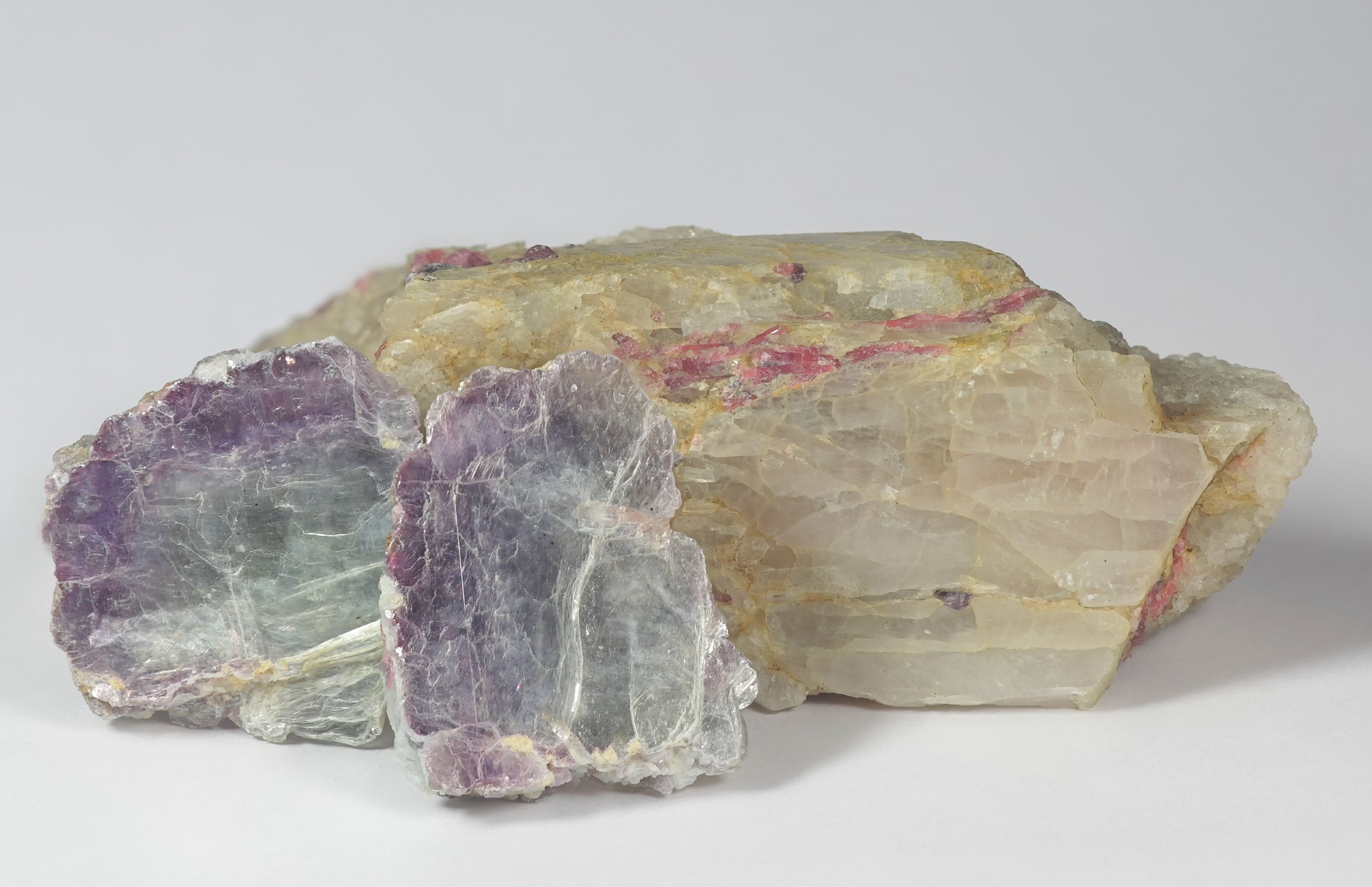China’s anti-involution crackdown poses risk to lepidolite supply
News Analysis

21
Oct
2025
China’s anti-involution crackdown poses risk to lepidolite supply
China recently tightened its “anti-involution” stance and regulatory crackdown in the mining sector, which includes addressing irregularities at lepidolite operations, a key source of domestic lithium mine supply.
Output from lepidolite resources in China have grown from 29kt LCE in 2020 to 138kt LCE in 2024, contributing to supply outstripping demand and exacerbating an oversupplied market. This has reduced domestic lithium carbonate prices to a four-year low of US$8,260/t, representing a fall of 34% y-o-y. It is not surprising that lithium would be one of the sectors targeted in the anti-involution measures, given that other mined commodities (including rare earths, tungsten and magnesium) have previously been targeted.
Project Blue estimates that 63% of lepidolite supply is already unprofitable at current lithium prices. To further crack down on the industry, one of the main measures being implemented is the reclassification of licences granted under porcelain clay deposits, which carries a much lower tax rate than lepidolite. This reclassification is expected to lead to the tax burden increasing by three to five times for such operations, potentially adding US$800/t LCE to operating costs.
In Yichun, eight lepidolite operations have been instructed to complete reserve verification reports by 30 September, with a combined capacity of ~180ktpy LCE, representing 23% of China’s mined lithium capacity. CATL’s Jianxiawo mine captured headlines when it suspended production on 9 August 2025 due to the expiration of mining licences. Initial expectations for the length of suspension ranged from three to twelve months until resumption of production; however, the restart is progressing rapidly, with optimistic projections indicating that operations could restart on 20 September. Owners of the other seven operations have publicly announced that these are operating normally, albeit with a risk of further disruptions over the coming months.
Over the longer term, higher costs, stricter licensing processes, and centralising approvals at the central Ministry level, rather than at provincial levels, are likely to phase out high-cost producers, whilst high-quality resources with technical cost advantages (e.g. Yongxing Materials) are more likely to sustain supply after completing all compliance procedures.
The loss of a significant amount of lepidolite feedstock would impact production from convertors in China and, with the majority of domestic lithium carbonate production from lepidolite consumed internally, also directly impact the domestic battery supply chain. As domestic consumers look to replace lost units, one would expect increased competition for ex-China lithium products, impacting supply chains in other regions and driving lithium, cathode active material, and battery cell prices higher.
However, upsides to lithium prices may be limited in the near term, considering the volume of lithium chemical inventory currently in the market. Whilst the direction to reduce overproduction at the raw material and chemical stage could be seen as a positive in addressing the current oversupply situation, similar measures to reduce overproduction and improve value at the cathode, battery, and EV levels could have a negative impact on demand and dampen any significant price appreciation.